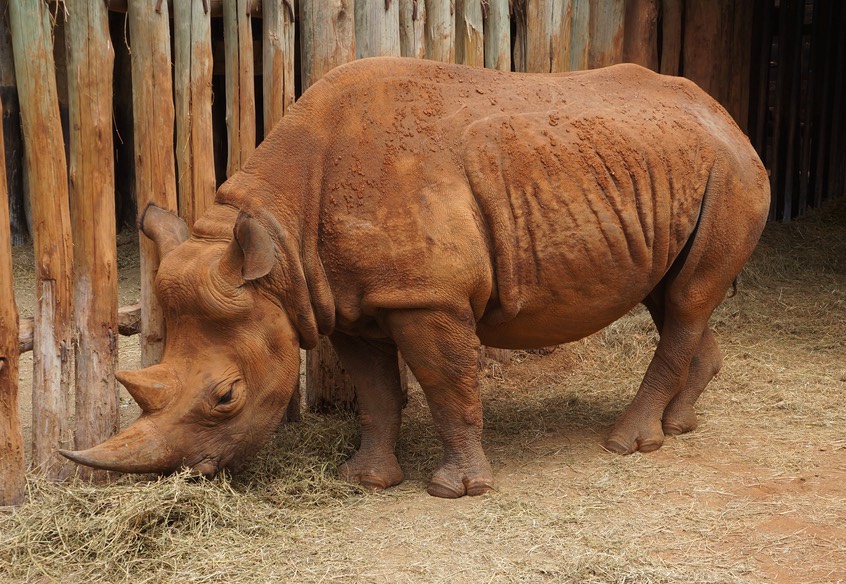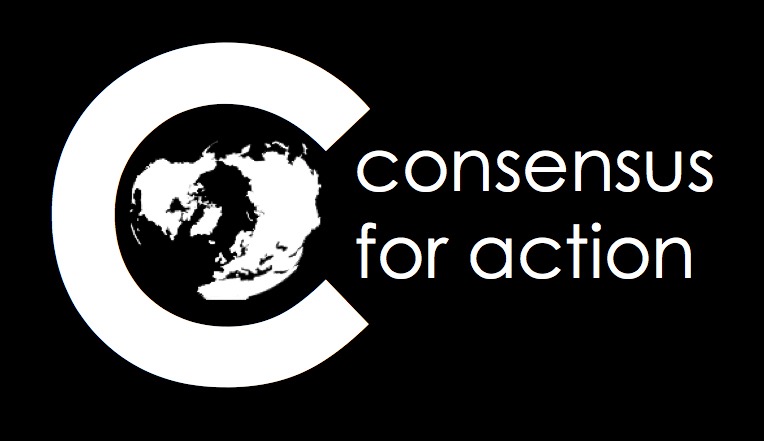Most wars start for what seems like a good reason. Humanity’s war on nature is no exception. It started way back when Homo sapiens first evolved. “They”—those other species—were trying to eat us, and we needed to eat them. It was kill or be killed, and it was a pretty simple choice.

As our numbers grew and we discovered agriculture, our war on nature escalated, still for good reason—wild places had to be cleared to keep us from going hungry. Then we became the ultimate invasive species, developing our technology to conquer pretty much everything in our path.
Our victories accumulated to the extent that today there is no place on Planet Earth that has not been touched by human influence. On average, each one of us takes about two acres per person to support us in the manner to which we have become accustomed. That means we’ve already captured and tamed about 43 percent of all Earth’s ice-free land surface by turning it into cities, factories, cornfields, rice paddies, grazing lands, and so on. That captured real estate is destined to exceed half of the planet’s land by 2050 as the human population increases to 9 billion, if we didn’t get any more economical in how we use Earth.
Added to that are humanity’s footprints even in places we don’t actually walk. In the atmosphere, abnormally high greenhouse gas concentrations are pulling the climatic rug out from under species that live nowhere near humans. The oceans are becoming increasingly acid, with vast dead zones evident along many urbanized coastlines. Our inadvertent chemical warfare, in the form of persistent pollutants, have reached so far that even Arctic food chains are contaminated by PCBs. That is, the part of food chains that are left. We have systemically clipped critical links out of them by killing off top predators in most ecosystems worldwide.
In this advance of humanity, the body count for other species inevitably grew and is still growing. Today, depending on which kind of animal or plant you’re tallying, between 10 and 64 percent of species that have been evaluated are threatened with extinction. Those threatened species are in essence the prisoners of the war we’ve so effectively waged against nature. And they are all that stand between us, and what would qualify as a very unusual mass extinction of life on Earth.

A black rhino (Diceros bicornis), one of many species now a prisoner of our war on Nature. 99% of black rhinos have been killed over the past half century. The few left are under seige for their horns. This one is protected at the David Sheldrick Wildlife Orphanage in Kenya, a facility that raises orphaned elephants and rhinos with the ultimate goal of bringing back wild populations. Photo by E. A. Hadly
Humanity defines the “good guys” and the “bad guys” in terms of how they treat their prisoners of war. We expect, at a minimum, that “prisoners of war must at all times be protected,” at least as specified by the Geneva Convention. That we now have that responsibility for other species is a testament to just how successful we have been in conquering the world.
How do we protect this new kind of prisoner of war, the many species we have brought to the brink of extinction? It’s a diverse group: they range from rhinos, elephants, and tigers, to sea turtles and sharks, to various birds and trees. Preserving the few remaining natural habitats where they can survive in the wild will be critical. In some cases, moving them to places where they have a better chance will be required. All of this will take money, the directed efforts of the global community, and incentives for the local citizenry where endangered species live.
But none of that is going to happen without a very basic realization that so far has eluded us. Our war against nature is over. We won, decisively. Now we have to take care of what we conquered.
by Anthony D. Barnosky, barnosky@berkeley.edu. Since 1990, Anthony Barnosky has been on the faculty at the University of California, Berkeley. He is a paleoecologist who studies how global change impacts species and ecosystems. Further information is available from his website.

